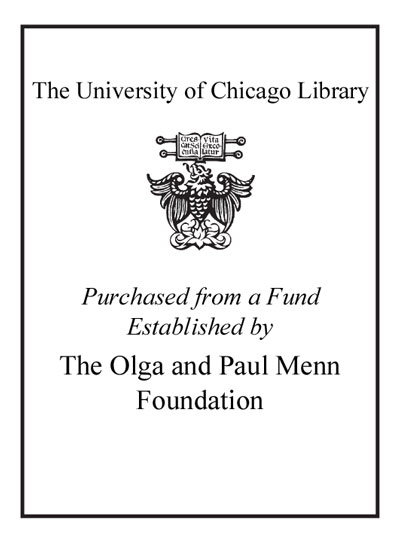Review by Choice Review
Snell and Söderman, both of whom teach music education, explore how hip-hop music has come to be used "by many artists throughout the world to articulate their unique sense of marginality." The music has become the chosen mode of expression for young people--whether First Nations youth in the US and Canada or communities in Britain, Norway, and Sweden--who have experienced a sense of exclusion or disenfranchisement. Populations around the world borrow from hip-hop and blend it with their own traditions. In addition to discussing this, the authors explore efforts to add courses on hip-hop to college curricula and to music education coursework in secondary schools. And they examine the tension between scholars who write about and critique hip-hop and practitioners who create the music: Who is qualified to "speak" for or about hip-hop? Whose voice is "authentic"? Though it is dense, technical, and abstract--and marked by specialized jargon--the book offers significant theoretical insights. Intrepid readers will find this study valuable and worth the effort. Summing Up: Recommended. All readers. --Wayne C. Glasker, Rutgers, The State University of New Jersey, Camden
Copyright American Library Association, used with permission.
Review by Choice Review

